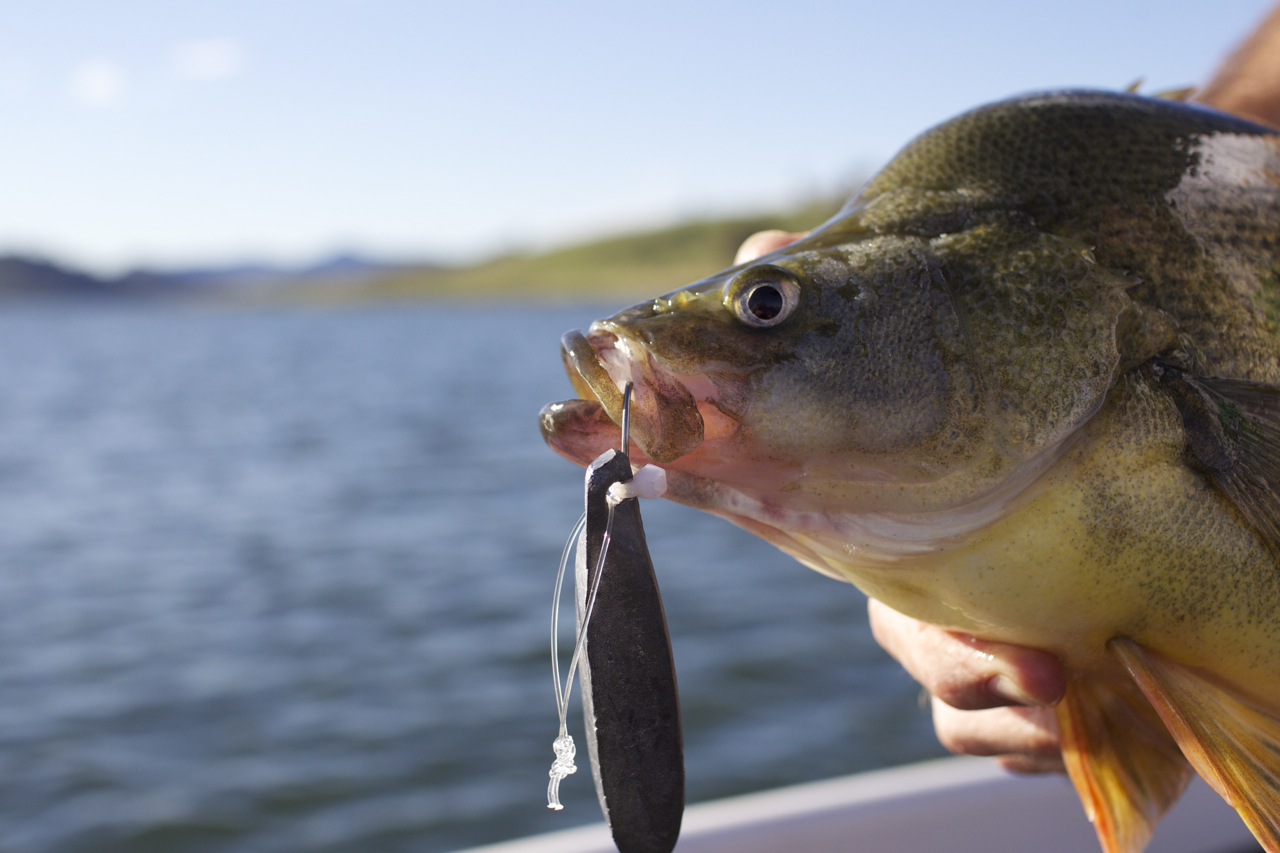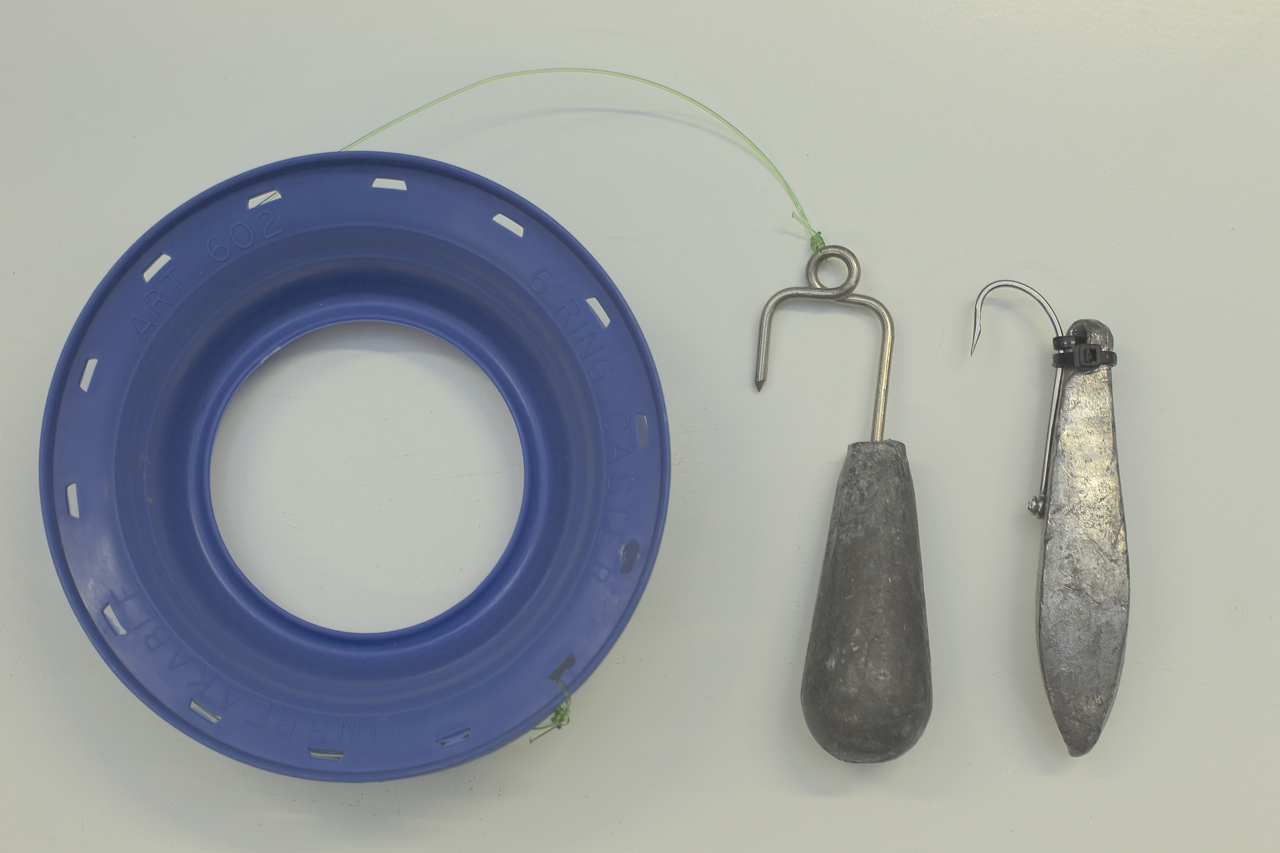IF you enjoy reef fishing, a release weight is a very handy tool to have onboard. The good news is that it’s very easy and cheap to make your own release weight.
So, why would you need a release weight? The main reason is to maximise the survival of fish you release. Popular species such as snapper can suffer from barotrauma if caught in water deeper than 10m and the problem can get more pronounced the deeper you fish.
Barotrauma occurs as gases expand inside the fish’s body when it’s pulled towards the surface. The effects and severity of barotrauma injuries increase with depth of capture. Different species are more susceptible than others. Studies have shown that it’s not possible to prevent barotrauma by retrieving the fish slowly and hoping that it will “readjust”.
But this doesn’t mean barotrauma can’t be dealt with. The key to releasing fish which show signs of barotrauma is to get them back to depth as quickly as possible. This reduces risk of predation and allows them get back to their normal routine as quickly as possible. This is where a release weight proves its worth.

weight like this is ideal when releasing impoundment yellowbelly caught in deep water.
A release weight allows quick and easy “recompression” of fish affected by barotrauma. When attached to the fish, the weight drags it back down through the water column, rapidly equalising the gases so the fish can quickly recover and swim off.
Unlike other techniques such as venting (which involves puncturing the swim bladder to release gas build-up), a release weight is non-invasive and can be easily performed without training or special equipment such as venting needles.
DPI studies show that snapper in particular have extremely good long-term survival rates when released via a release weight, however the method also improves survival of other reef species. As a matter of interest, the use of these devices is also spreading to the freshwater, in particular with anglers who target golden perch and bass in impoundments on vibes and soft plastics in 10m+ of water.
You can sometimes purchase release weights from good tackle shops but it’s pretty easy to make your own.
You’ll need:
• 1 large snapper weight (minimum 450g with 850g recommended for large fish).
• 1 long shank 7/0 stainless hook
• 1 small stainless screw able to fit through the eye of the hook.
• 2 cable ties.
• 30m of heavy (40-50kg) mono or venetian blind cord.
• A 25cm (10 inch) hand spool.
Procedure
Step 1: Use a metal file to remove the barb on the hook.
Step 2: Lay the hook on the sinker, with the hook shank finishing at the top of the sinker.
Step 3: Screw the hook to the sinker (you may need to drill a small pilot hole).
Step 4: Secure the hook to the sinker with the cable ties.
Step 5: Spool the hand spool with the mono or venetian blind cord. Tie the tag end to the bend in the hook.

How to use
Time is of the essence when releasing fish, especially those displaying signs of barotrauma. Make sure you have your release weight on hand in situations where you expect to have to deal with fish affected by barotrauma.
Once you’ve unhooked the fish, place the barbless release weight hook in its mouth and get it back in the water as quickly as possible. Allow the line to run freely from the spool so the release weight can do its job and get the fish back down to depth.
You’ll find that many fish will free themselves and swim off once they’ve recompressed. If the fish has any difficulty freeing itself from the barbless hook, a sharp upwards tug on the line will more often than not do the trick.
Ensuring you have a suitable release weight onboard, and knowing how to use it, is part and parcel of being a responsible fisho. If you’d like more info on best practice catch and release fishing, check out https://www.dpi.nsw.gov.au/fishing/recreational/fishing-skills/catch-and-release.
















